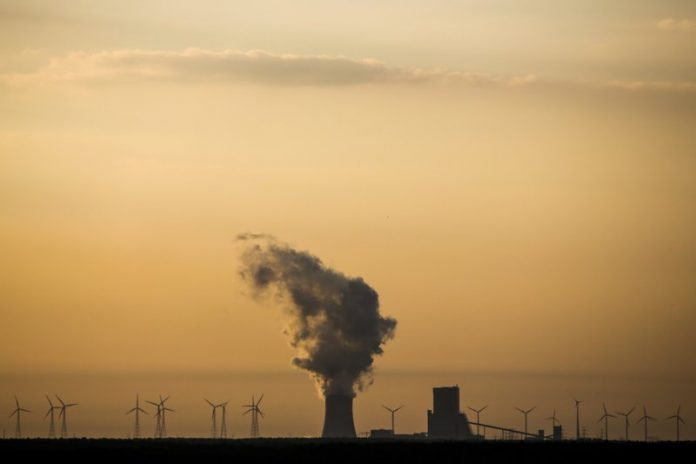Global energy-related emissions of heat-trapping carbon dioxide remained steady last year, with declines in rich countries balancing out a rise in poor nations, according to data published Tuesday.
The International Energy Agency said emissions of the main man-made greenhouse gas stayed at 33 gigatons in 2019, even as the world economy grew by 2.9%.
“This was primarily due to declining emissions from electricity generation in advanced economies, thanks to the expanding role of renewable sources (mainly wind and solar), fuel switching from coal to natural gas, and higher nuclear power generation,” the Paris-based agency said. “Other factors included milder weather in several countries, and slower economic growth in some emerging markets.”
The country with the biggest drop in energy-related CO2 emissions was the United States, which recorded a fall of 2.9% to 4.8 gigatons on the back of coal-fired power plant closures and lower demand for electricity. The European Union saw its emissions fall by 5% to 2.9 gigatons, while Japan’s dropped 4.3% to just over 1 gigaton in 2019.
By contrast, emissions in the rest of the world rose by almost 400 million tonnes last year, led by higher coal use in Asia.
The IEA’s executive director, Fatih Birol, expressed hope that annual emissions of CO2 would only decline in future.
“We now need to work hard to make sure that 2019 is remembered as a definitive peak in global emissions, not just another pause in growth,” Birol said in a statement “We have the energy technologies to do this, and we have to make use of them all.”
Reducing emissions of CO2 and other greenhouse gases is key to curbing climate change.




















